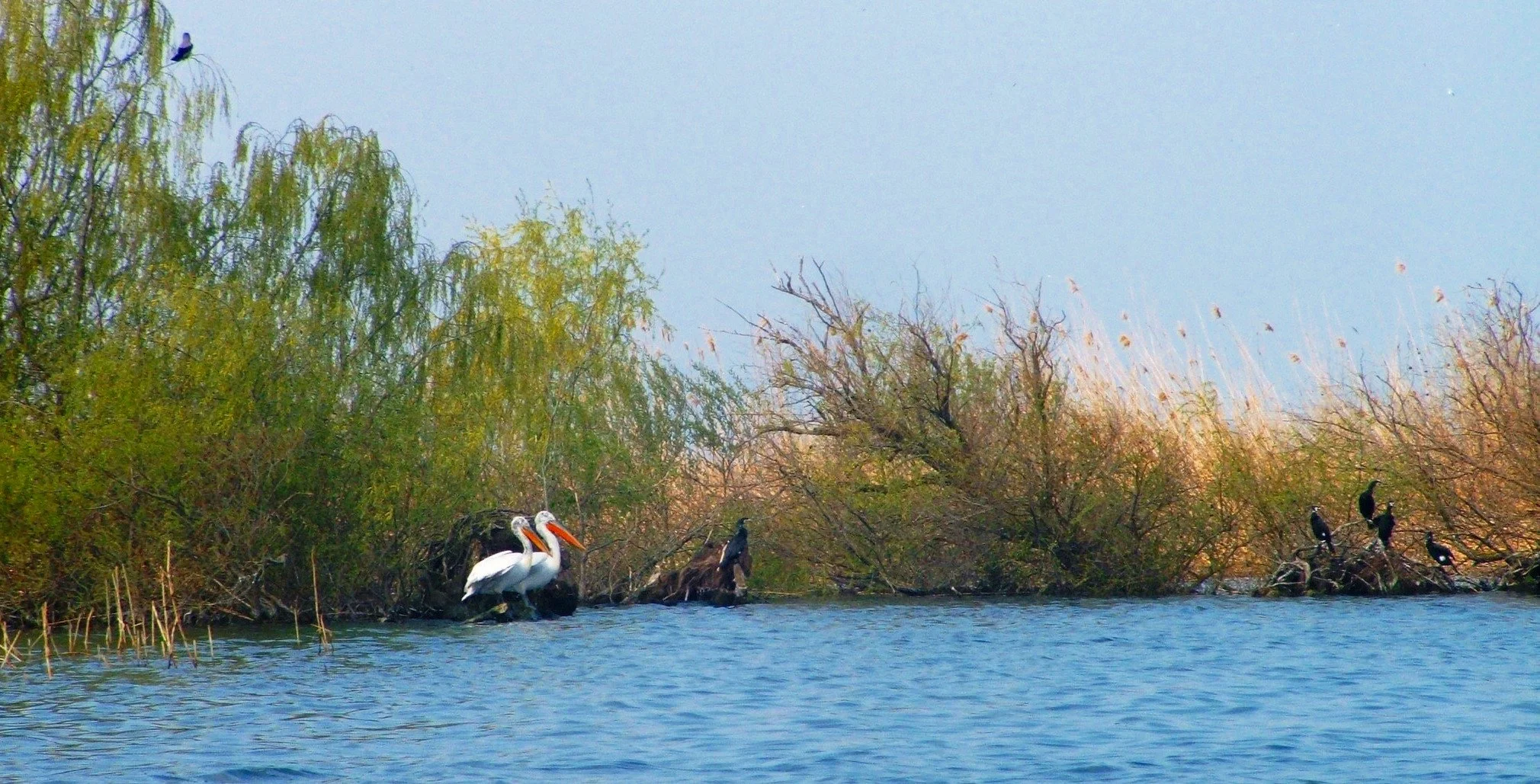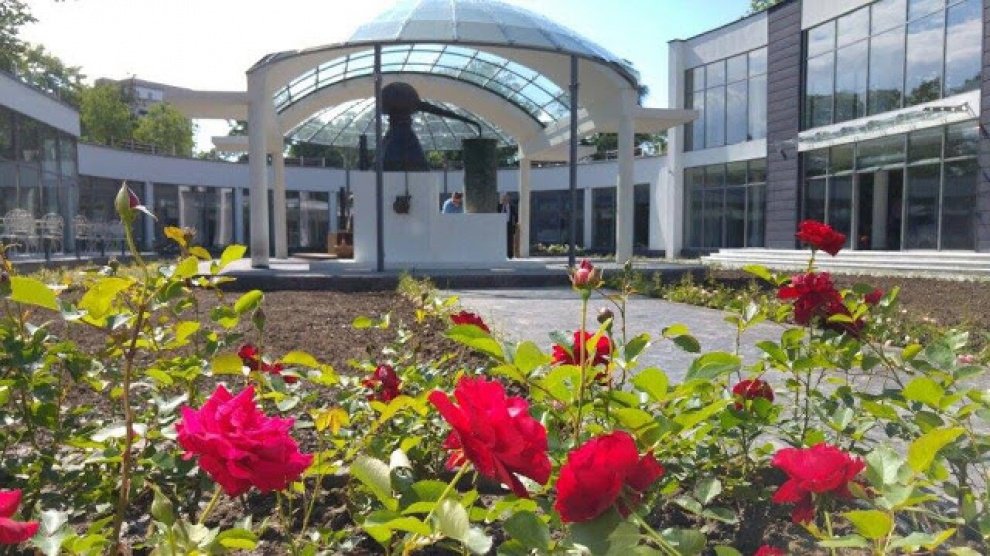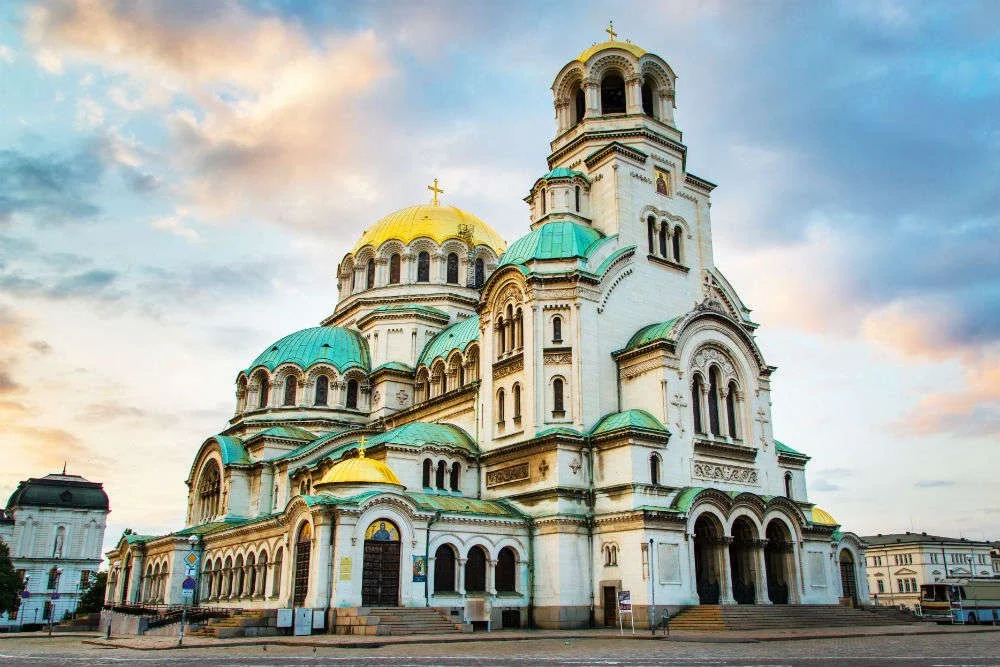
Overview
Millennia ago, Bulgaria was inhabited by the ancient Thracians who left many treasures ranging from mysterious stone sanctuaries to elaborate royal tombs. The country later became a Roman province, and after the acceptance of Christianity, Bulgarians developed a rich culture and even created their own writing system - Cyrillic. As of 2022, there are ten World Heritage Sites listed in Bulgaria, including the Boyana Church, the Madara Rider, the Rock-hewn Churches of Ivanovo, and the Thracian Tomb of Kazanlak. Seven of these sites are cultural, and three are natural. In addition, Bulgaria maintains 16 sites on the tentative list. Because the sites are scattered throughout the country, Bulgaria has become a very attractive destination, especially for those interested in history and culture. Besides these treasures, Bulgaria is proud of its pristine nature and amazing biodiversity, which is preserved in the parks and reserves of the country.
Thracian Tomb of Kazanlak – famous for its well-preserved exquisite murals. The Kazanlak tomb, dating back to the 4th century BC, consists of a narrow corridor and a round burial chamber, both of which are decorated with ornate murals depicting the everyday life and the special rituals of the Thracians.
Thracian Tomb in Sveshtari – renowned for its half-human, half-plant caryatids
Town of Nessebar – a unique architectural mix of Hellenistic ruins and 19th century traditional wooden Bulgarian houses
Madara Horseman – an 8th century rock relief carved in a 100m/328ft-high cliff
Boyana Church – a medieval Bulgarian Orthodox church situated in Vitosha Mountain, near the capital city of Sofia
Ivanovo Rock Churches - a complex of rock-hewn churches, chapels, monasteries, and cells, decorated with beautiful medieval frescoes
Rila Monastery – the biggest monastery in Bulgaria and one of the most important spiritual sites throughout Bulgarian history. The Rila Monastery played a crucial role throughout Bulgarian history, preserving the Bulgarian spirit and culture during the five centuries of Ottoman rule. The monastery is also home to Rafail's cross - a wooden crucifix showing 104 religious scenes and 650 miniature figures carved out of a whole piece of wood (81 х 43 cm) / (32 х 17 in).
Pirin Mountain – known for its limestone mountain landscapes and glacial lakes. A huge part of Pirin Mountain has been declared a protected territory due to its unique biodiversity – Pirin National Park – and it was added to the UNESCO World Heritage List in 1983.
Srebarna Lake – a freshwater lake home to over 100 rare bird species
Melnik – the smallest town in Bulgaria. It is known for its good wine, old houses, and picturesque surrounding landscape of steep sandstone pyramids
Visiting towns of Sofia, Bansko, Plovdiv, and Kazanlak (known as "the Valley of the Thracian Rulers" and as "the Valley of the Roses")
Highlights
Dates & Prices
Dates Available For Booking
Choose any 10 Days from
April 1 – October 31, 2024
Price per person,
Double Occupancy
$3,495
Single Supplement
$650
Reserve your place with a $200 registration deposit per person.
“I can’t wait to go!”
Total balance is due 90 days prior to the selected departure date.
Not ready to book just yet? Contact one of our travel experts!
What’s Included?
Included
Airport transfers and all ground transportation according to the itinerary
Accommodation in 3★/4★ hotels or family guesthouses based on double occupancy
All meals according to the itinerary – breakfast, lunch, and dinner
Entry fees for sights and events according to the itinerary
English-speaking guide
Luggage transport
VAT and all local taxes
24/7 technical support
Not Included
Airfare, international flight tickets
Travel insurance
Single supplement of $650 per person
Drinks and meals not mentioned in the itinerary
Tips at hotels and restaurants
Additional taxi rides or public transportation
Personal expenses
Optional excursions and entrance fees













